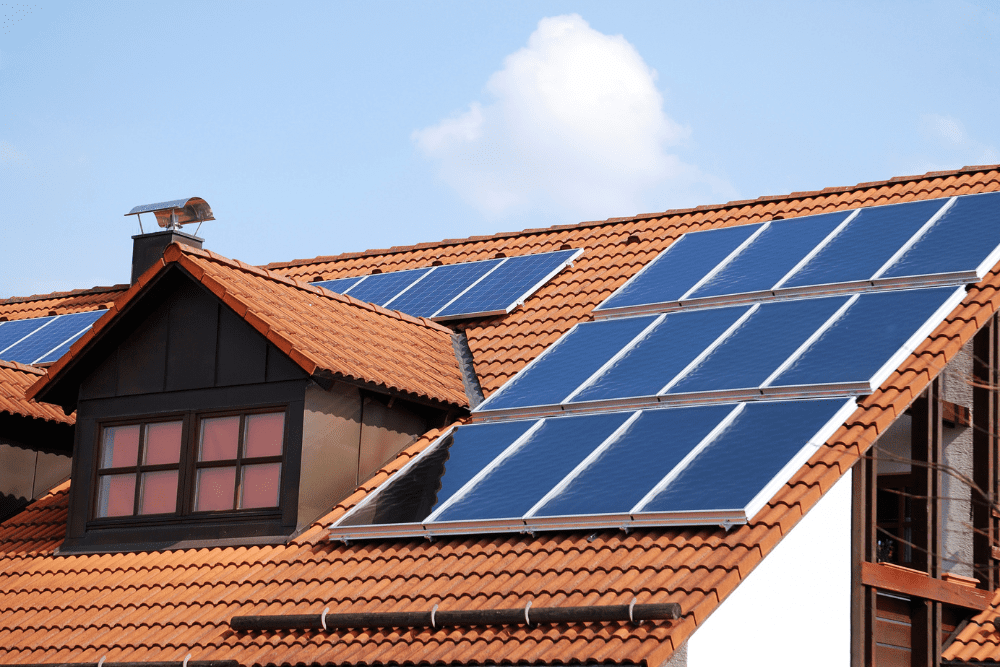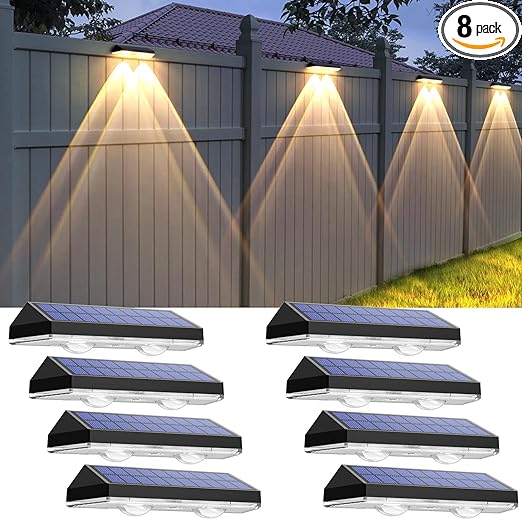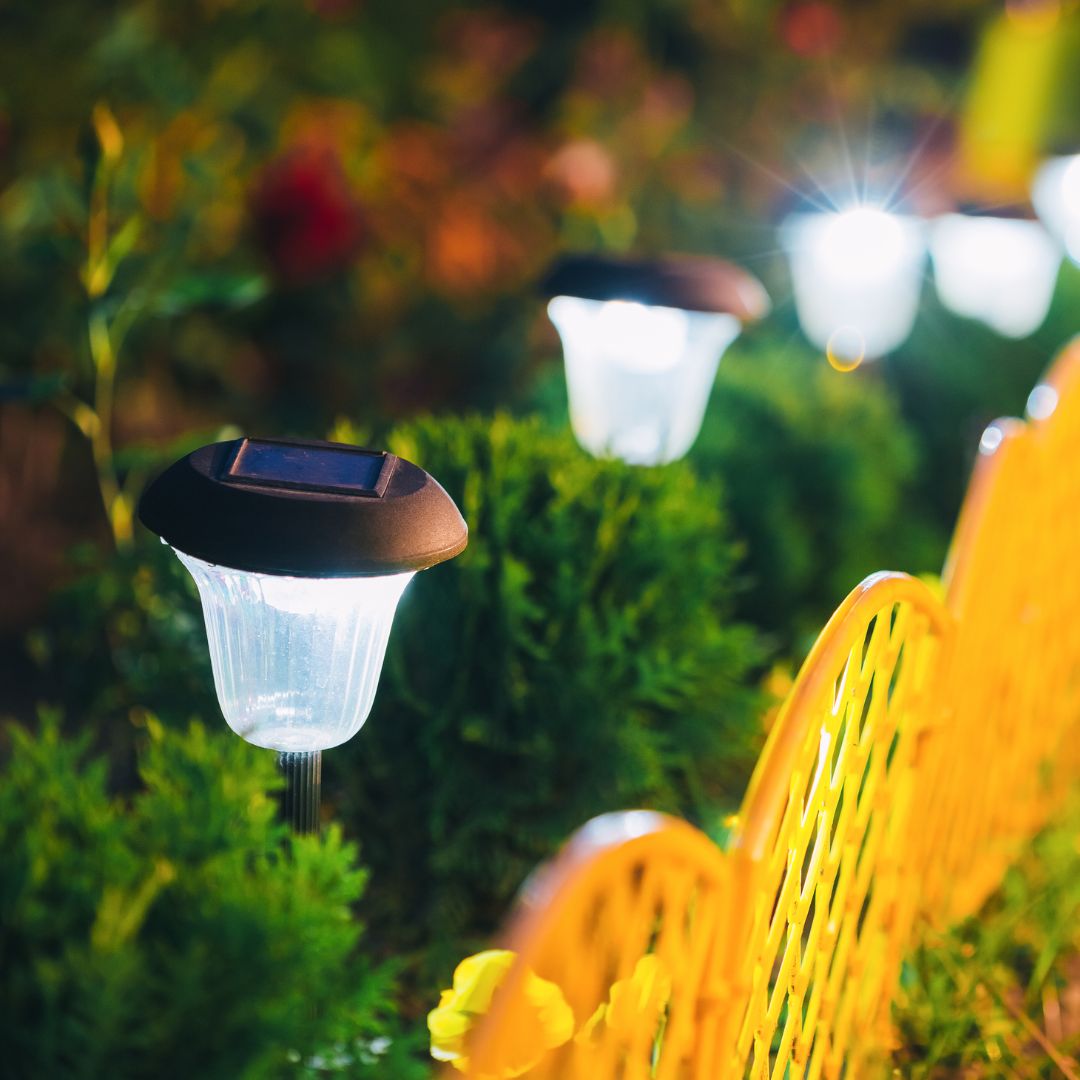This article contains links to products thoughtfully selected for you. We may earn a commission on some of the items you choose to purchase, helping us to continue sharing helpful tips and recommendations with you.
— Advertisement – Continue Reading Below —
Getting Started
Solar energy is about being both eco-friendly and making a smart financial move. Going solar can dramatically slash your energy bills and boost your property value. And let’s face it, everyone loves a home that’s both green and efficient. But before you dive in, remember that going off the main grid does come with its quirks. Without the power company’s customer service on speed dial, any outage means you’re on your own. So, think of it as an adventure in energy independence.
It’s vital to have a good understanding of solar energy systems before making the leap. Beyond just reading up on the topic, it’s important to shop around for knowledgeable suppliers who can offer long-term consultation, installation, and maintenance services. Since most of us aren’t solar experts from the get-go, we’ve put together a list of key points to consider when crafting the right questions to ask your supplier. This will ensure you gather all the necessary details and start on the right footing.
— Advertisement – Continue Reading Below —
1. Understanding Solar Energy Systems


Basics of Solar Energy Systems
- Solar Panels consist of photovoltaic (PV) cells that capture sunlight and convert it into direct current (DC) electricity.
- Inverter converts DC electricity into alternating current (AC), which powers your home’s appliances.
- Battery Storage stores excess electricity generated during the day for use at night or during cloudy days.
- Monitoring System provides real-time performance tracking of your solar energy system.
Benefits of Solar Energy Systems
- Cost Savings: With the right design for your energy needs, your solar energy system can significantly reduce your electricity bills.
- Environmental Impact: Solar energy is a renewable resource that helps to reduce your carbon footprint and slows down climate change.
- Increased Property Value: Homes with solar energy systems often sell at a premium and sell faster compared to non-solar homes.
— Advertisement – Continue Reading Below —
2. Assessing Your Home’s Solar Potential
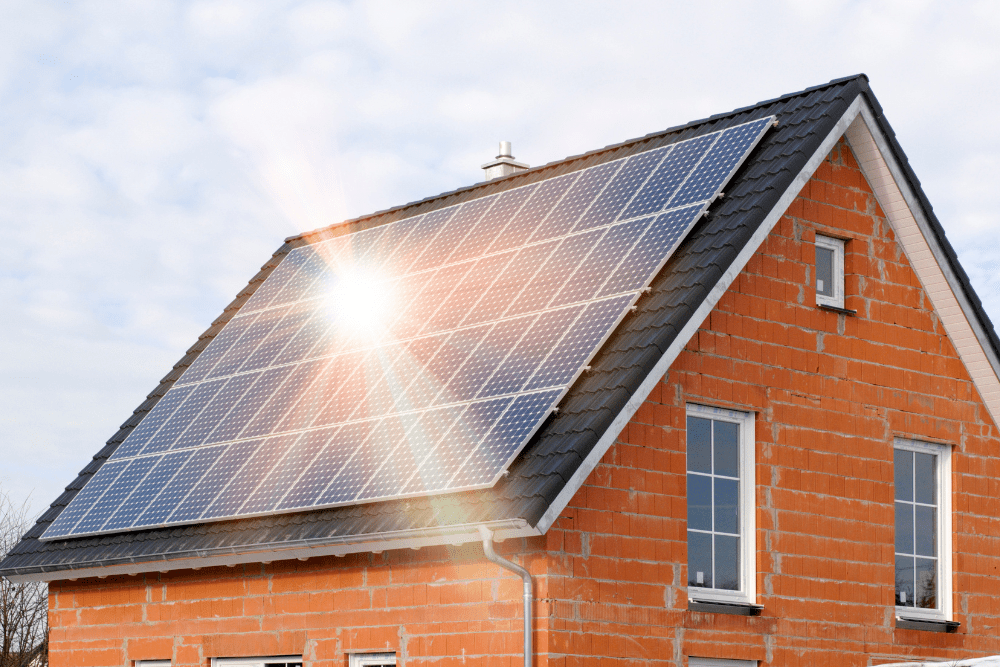

Before diving into the design, it’s essential to evaluate your home’s solar potential. For homeowners, this means starting with a thorough assessment of your roof. If you live in an apartment, consider portable solar panels, which can be installed without any physical modifications to your property.
While solar energy might not offset all your electricity bills, installing a rooftop system can maximise your solar energy capture. Although smaller portable solar panels contribute much less to your energy savings, they are more affordable than large residential systems.
Evaluating Space and Orientation
- Roof Size, Shape, and Material: A larger, unobstructed roof area is ideal for solar panels. However, different roof materials may affect installation complexity and cost.
- Orientation: As a rule of thumb, south-facing roofs are typically the best for solar panels in the Northern Hemisphere, as they receive the most sunlight throughout the day. Vis versa solar panels are best installed on north-facing roofs in the Southern Hemisphere. However, orientation direction could change depending on your location, for example, if you are closer to the equator.
- Roof tilt: The incline of your roof can affect the efficiency of energy output, depending on the angle of sunlight. Typically, a roof pitch of 30 to 35 degrees is optimal for maximising solar capture. For flat roofs, solar panels mounted on adjustable pivots can achieve the right tilt to enhance efficiency.
Sunlight and Shade Analysis
- Sunlight Analysis Tools: Use tools like Google’s Project Sunroof or consult a professional to get an accurate assessment.
- Identifying Shade: Trees, chimneys, and other structures can cast shadows on your panels, reducing their efficiency. If shade is an issue, consider trimming trees or using micro-inverters that allow easy expansion of the system. More panels can ensure better coverage of your roof space, capturing sunlight from different angles and reducing the impact of shading from trees or other structures.
— Advertisement – Continue Reading Below —
3. Choosing the Right Solar Panels
Types of Solar Panels
- Monocrystalline Panels: Known for high efficiency and sleek appearance, but they’re more expensive.
- Polycrystalline Panels: More affordable with slightly lower efficiency.
- Thin-Film Panels: Lightweight and flexible, ideal for unconventional spaces but less efficient than crystalline panels.
BigBlue Portable SunPower Solar Panel for Camping
— Advertisement – Continue Reading Below —
4. Efficiency and Aesthetics


Related: Colours for a Cooler Home
Customising Your System Design
- Energy Consumption Analysis: Review your past electricity bills to understand your energy usage patterns.
- System Size: Calculate the number of panels needed based on your energy consumption and roof space.
Incorporating Battery Storage
- Advantages: Batteries store excess energy for use during cloudy days or at night, and provide backup power during outages.
- Choosing the Right Battery: Look for batteries with high capacity and good efficiency. Lithium-ion batteries are popular for their longevity and performance.
Inverter Selection
- String Inverters: Cost-effective but can reduce overall efficiency if one panel underperforms.
- Micro-inverters: More expensive but maximize output by allowing each panel to operate independently.
- Hybrid Inverters: Combine features of both and are ideal for systems with battery storage.
Monitoring and Maintenance Systems
- Smart Monitoring: Real-time data on energy production and usage helps you optimise performance.
- Maintenance Tips: Regularly clean your panels, check for obstructions, and inspect your system for wear and tear. Panels that are tilted at an optimal angle collects less surface dust and may require less cleaning.
Waterproof Fence Solar Lights for Outdoor
— Advertisement – Continue Reading Below —
5. Financial Considerations and Incentives


Cost Breakdown
- Components: Panels, inverters, batteries, and monitoring systems.
- Installation: Professional installation fees, permits, and inspections.
- Maintenance: Regular cleaning and potential repairs.
Financing Options
- Loans: Low-interest loans specifically for solar installations.
- Leases: Pay a monthly fee to use the system, with little to no upfront cost.
- Power Purchase Agreements (PPA): Pay for the energy produced by the system, often at a lower rate than your utility.
Government Incentives and Rebates
- National Tax Credit: A significant percentage of your installation costs can be claimed as a tax credit.
- Provincial and Local Incentives: Additional rebates and credits can further reduce your expenses.
Easy-to-use Lifestyle Solar Gadgets
— Advertisement – Continue Reading Below —
6. Installation and Professional Help
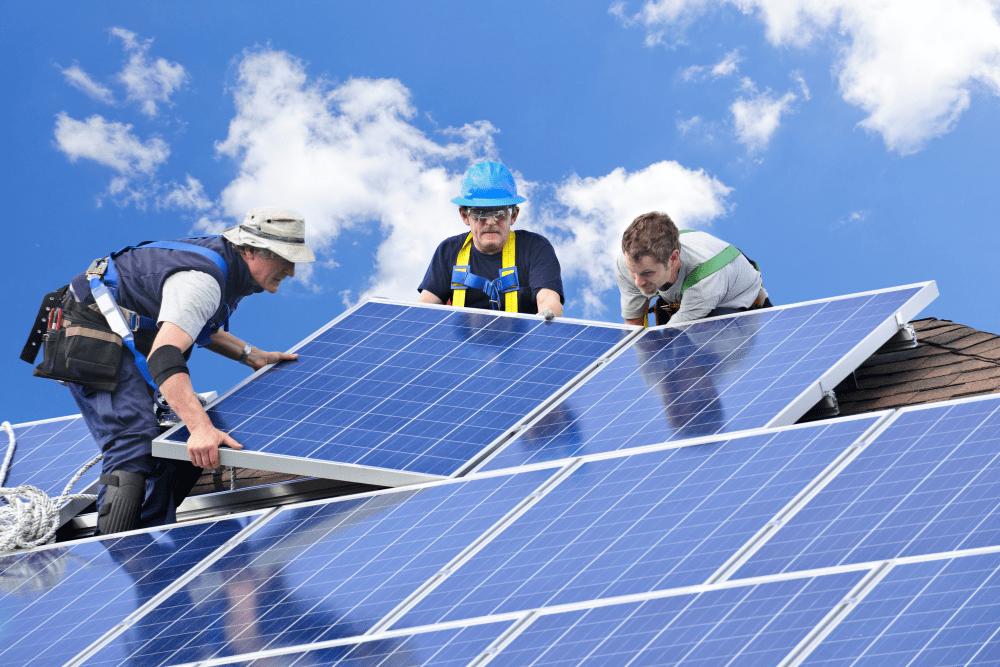

— Advertisement – Continue Reading Below —
Conclusion
Transforming your home with the best solar energy system designs is more than just an eco-friendly decision — it’s a smart investment in your financial future and energy independence. However, embarking on this solar journey requires careful planning and a good understanding of how solar energy systems work.
From assessing your home’s solar potential to choosing the right solar panels and incorporating battery storage, every step of the process is crucial to maximising efficiency and ensuring a smooth transition. While the initial costs might seem daunting, the long-term savings, coupled with government incentives and financing options, make solar energy a worthwhile investment.
By embracing solar energy, you’re not just investing in your home’s future; you’re contributing to a global movement towards sustainability. So, let’s harness the power of the sun and make a positive impact on our world — one solar panel at a time.



